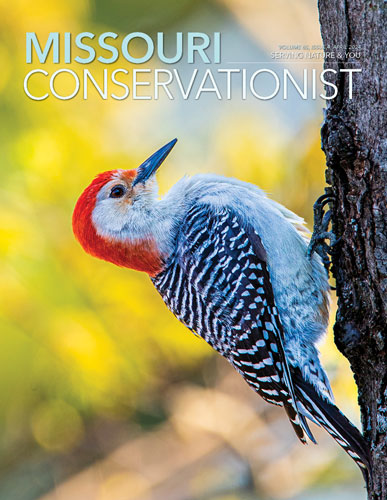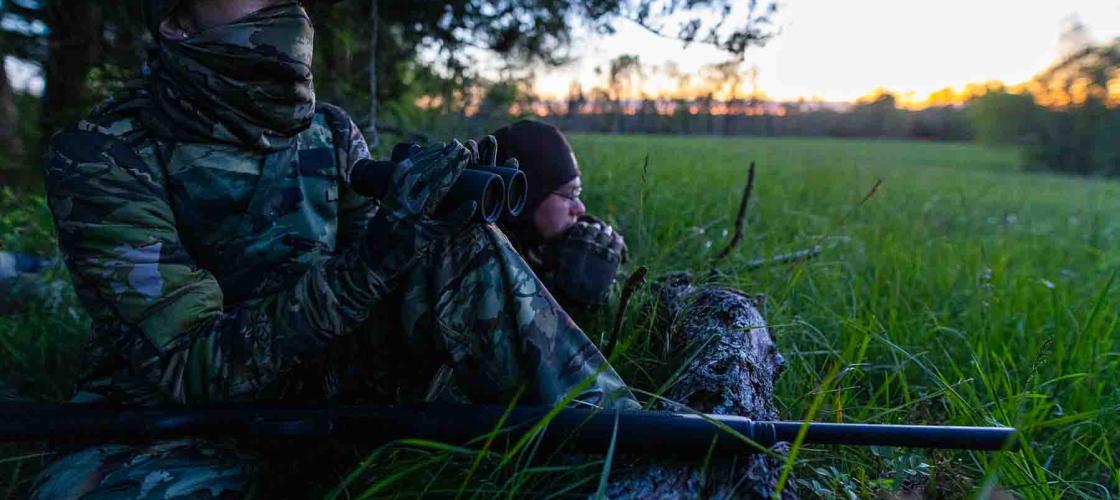
The whip-poor-will’s rhythmic melody had been the soothing soundtrack of the last half-hour of darkness. But as the first pastel colors began to bleed over the eastern horizon, the nocturnal entertainer’s call was interrupted by a thunderous explosion of sound from across the pasture. It didn’t seem to bother the whip-poor-will, but it startled Cara and Ryan Coates, both of central Missouri. Their quarry, the eastern wild turkey, was awake.
For Cara, the anticipation she had felt during months of preparation for this moment, her first turkey hunt, had instantly been transformed into a nervous excitement that both rattled her and focused her on the mission at hand. Ryan, Cara’s husband and turkey hunting mentor, knew the feeling well. Grinning beneath his camouflage face mask, he reminded Cara to breathe, and they did their best to become invisible against the trunk of the large white oak tree behind them. The show would begin shortly.
The Journey to Hunting
There is no one-size-fits-all journey to becoming a hunter. The pathways are as diverse as the people who travel them. Some people grow up with family or friends who hunt and become hunters, almost by default. Others grow up with no exposure to hunting, fishing, or recreational shooting and only warm to the idea later in life when they have a desire to connect with nature by obtaining nutritious, local, sustainable sources of food. Still others, like Cara, fall in between.
Cara grew up in a home in which hunting and conservation were strongly supported, and Cara learned to love fishing, but nobody in the family hunted. It wasn’t until she attended college that she had the opportunity to expand her skills.
The common thread through all these journeys is the value of passionate individuals who are willing to share their knowledge of hunting with those who are eager to learn.
While attending Murray State University, Cara was a member of the student chapter of The Wildlife Society, a national organization that strives to “inspire, empower, and enable wildlife professionals to sustain wildlife populations and habitats through science-based management and conservation.” Cara met another female member of the organization who eventually became her hunting mentor — someone who provided support and motivation, answered questions, and imparted her knowledge. The skills she learned and the confidence she gained from that mentor ignited a passion for hunting.
Mentorship and Education
The relationship between a mentor and mentee is a personal one. As in Cara’s case, many mentees prefer that their mentor resemble them — their gender, race, age, ethnicity, and common experiences are important. The more organic the bond, the more fulfilling the experiences will be. After all, these relationships will be tested in hunting situations. Uncomfortable weather and intense emotions — both the highest of highs and lowest of lows that stem from frustration, sadness, or physical demands — are among common factors that require the mentor and mentee to grant each other a healthy measure of grace and understanding. It’s an easier exercise between those who more closely relate to one another. Cara found her perfect match among a group of peers.
While in Kentucky, Cara was able to take advantage of the state of Kentucky’s apprentice hunting license, which allowed her to hunt in her mentor’s presence without completing hunter education certification. Missouri has a similar program. But after college, she moved home and completed Missouri’s hunter education certification — a requirement for anyone over the age of 16 who wants to hunt with a firearm. This course teaches how to be a safe, knowledgeable, responsible, and involved hunter, covering topics such as firearm safety, ethics, respecting landowners, survival skills, and biology of game species. Because she was over the age of 16, she was able to take it entirely online.
Cara also started taking other educational courses provided by MDC. She attended a virtual introduction to shotguns, a “field to freezer” course in which she learned to process her own deer meat, and a course that taught her how to preserve the tail fan of a harvested turkey.
Cara’s knowledge was growing. She sought out answers to questions on the MDC website and in MDC print publications, she watched hunting shows, and she read wild game cookbooks. She soaked it all in like a sponge. She had experiences hunting deer and squirrel, and while those were formative to her journey as a hunter, her interest was especially piqued when she heard people talk about hunting turkeys. There was just something about the tenor of those conversations that pulled her like a magnet.
Talking Turkey
The art of communicating hunting stories is as old as humankind, and the cultural importance of these stories can’t be overstated. Hunting and the stories about it are woven into the fabric of families and communities, and they’re no less important to the identity of some than the DNA contained in their cells. Perhaps chief among modern taletellers is the turkey hunter. They tend to speak of turkey hunting with reverence. A turkey hunter polishes their stories like a songwriter wrestles to find the perfect lyrics. Like a song, these stories can be appreciated by anyone, but it is only those who have lived similar experiences that feel the depth of emotion intended by the artist. To Cara, one of the most influential storytellers was her husband, Ryan.
Ryan grew up in a hunting household and has been an avid outdoorsman his entire life. A love of nature was one of the attributes that attracted Cara. In fact, their first date was a fishing trip to a “secret” bluegill pond on public property. Ryan couldn’t wait to share the turkey hunting experience with Cara and set out to make sure they had all the gear they needed. He borrowed decoys, turkey calls, and lots of advice from his dad. Cara planned to use a 20-gauge shotgun that she had purchased from her first mentor at Murray State. The plan was coming together. But aside from the “how,” the next hurdle was the “where.”
Missouri is made up of 93 percent private land, but there are fantastic hunting opportunities to be had on the huntable portions of the 7 percent of public land. Mark Twain National Forest, Corps of Engineers, MDC, and others provide quality opportunities on properties that are conveniently dispersed around the state. Cara chose another route. Her mom and uncle own conjoining properties totaling 240 acres in Crawford County that contain a mix of hilly cattle pasture and small wooded areas. She gained permission, and preseason scouting revealed signs that turkeys were using the property; an important detail, after all. Cara and Ryan were ready. All that was left was the anticipation of opening day.
As night retreated and dawn took its place, the whip-poor-will’s song was replaced by those of daytime birds. That was lost on Cara, though. She was focused on only two sounds — the gobbles of the, by now, four tom turkeys that had made their presence known and the sound of her own heartbeat pulsing in her ears. Each time Ryan made a series of hen calls, the four gobblers responded, announcing their progress as they moved closer to the couple. Without moving her head, Cara strained her eyes as far as she could in the direction of the birds, hoping to catch a glimpse of them. A round, black mass appeared in her peripheral vision. Then two, then three, then four black masses. The strutting turkeys, adorned with their bright red, white, and blue heads, came into clear view as they moved from right to left, staying just out of Cara’s effective shotgun range. Though they seemed interested, they just wouldn’t commit to approaching within shooting distance of the decoy spread. As they often do, the turkeys gave Cara and Ryan the slip that day.
Cara didn’t harvest a turkey her first year, but the experience was far from futile. The journey that she took to becoming a turkey hunter was filled with friends and family, and those relationships were strengthened by the common bonds of shared experiences in nature. Additionally, Cara’s pool of knowledge became much deeper through her active learning approach. Perhaps the most enduring result of her efforts are the stories that she’s now lived.
Cara is a turkey hunter. She’s already perfecting her tales, and they’ll live on through her children and grandchildren long after she’s gone. Those who have the pleasure of hearing them may even be influenced to start down their own journey to becoming a hunter, and the mentee might just become the mentor. Thus, another tradition as old as humanity lives on.
A passion for conservation leads one woman on her first turkey hunt
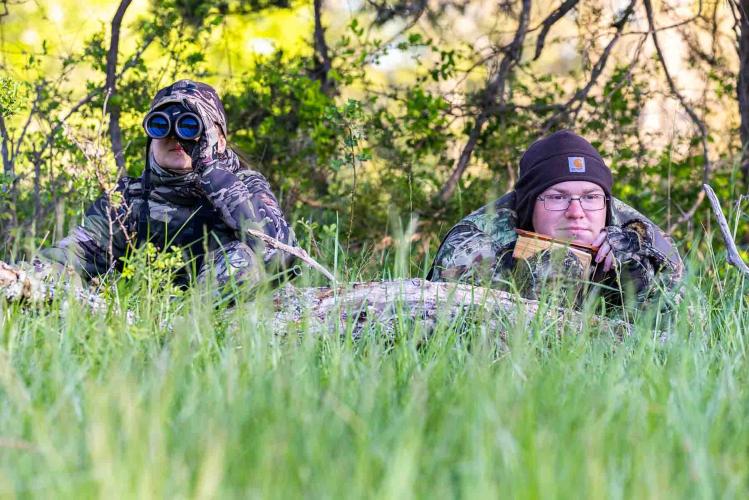
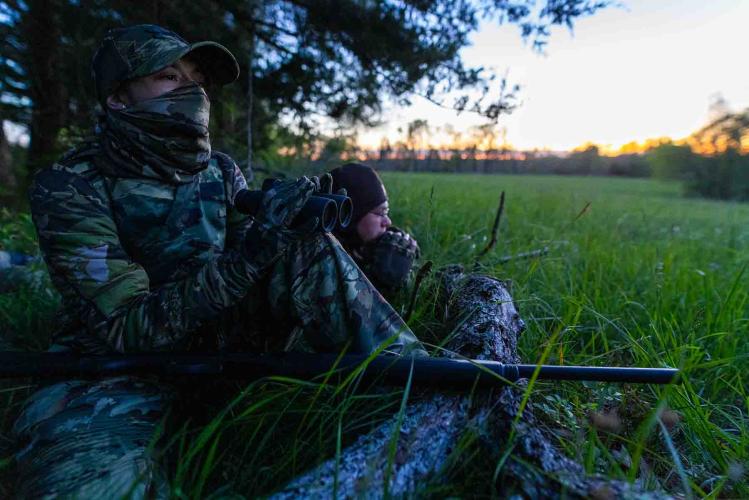
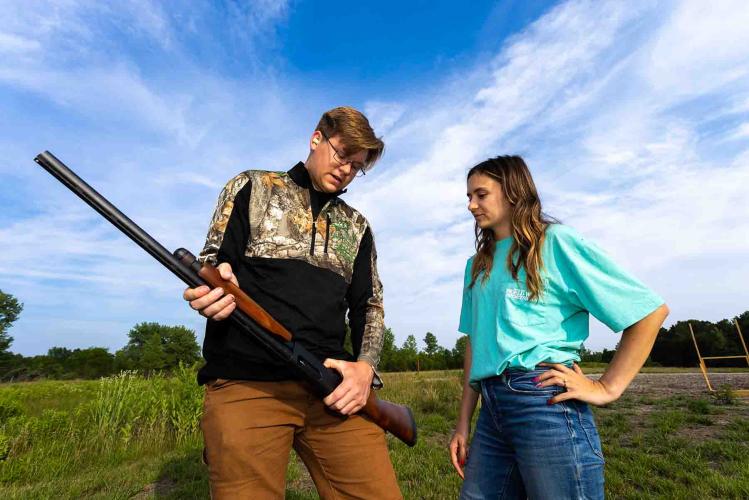
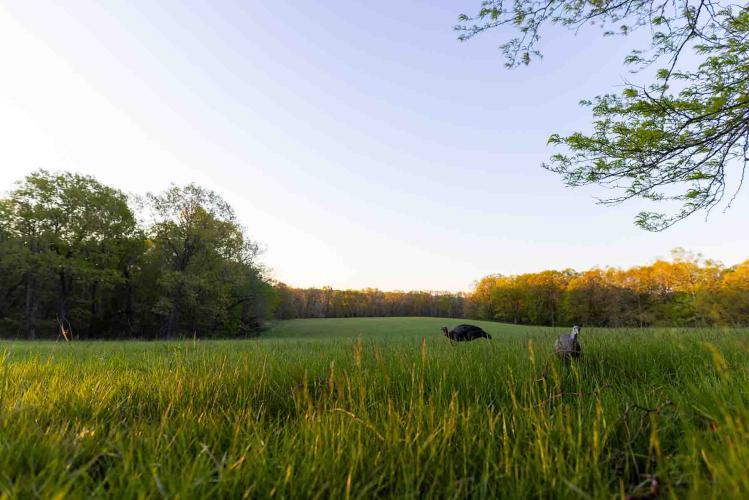
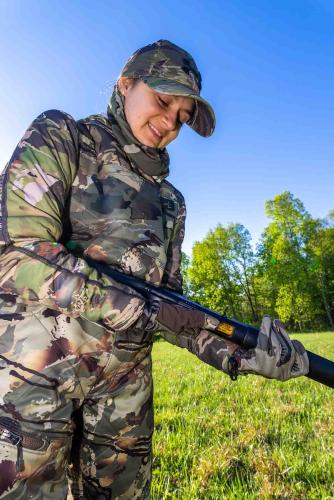
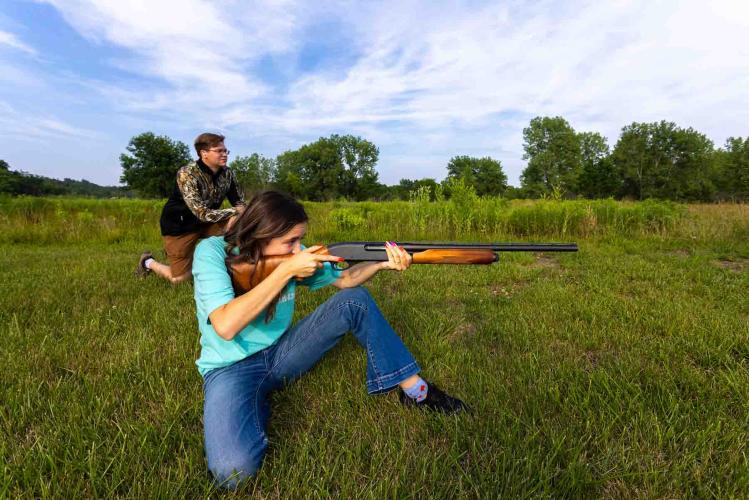
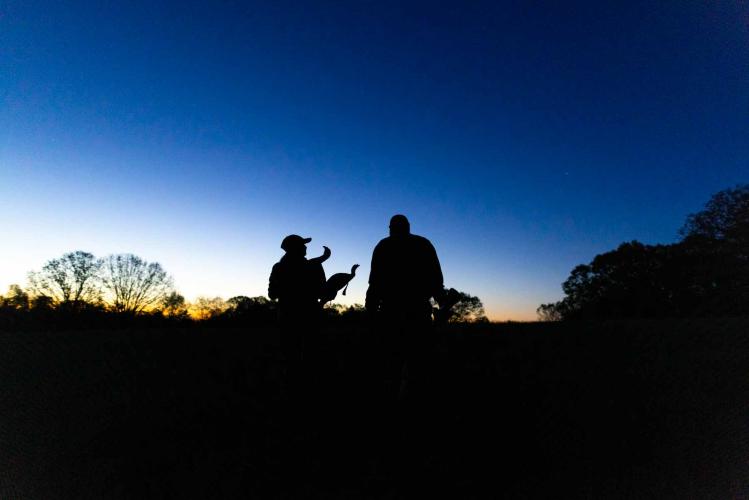
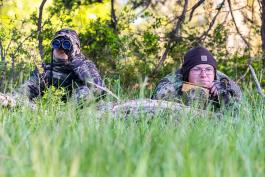
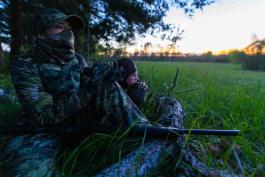
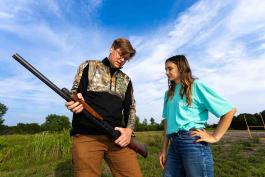
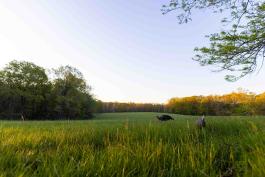
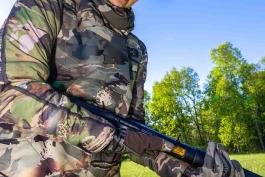

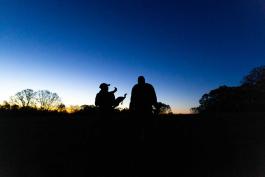
Also In This Issue
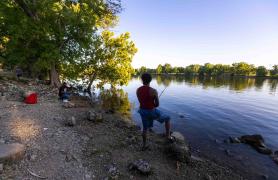
With preparation and planning, fishing without a boat can be fun
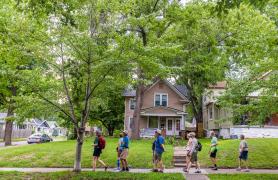
Program connects participants with nature in the city
And More...
This Issue's Staff
Editor - Angie Daly Morfeld
Associate Editor - Larry Archer
Photography Editor - Cliff White
Staff Writer - Kristie Hilgedick
Staff Writer - Joe Jerek
Staff Writer – Dianne Van Dien
Designer - Shawn Carey
Designer - Marci Porter
Photographer - Noppadol Paothong
Photographer - David Stonner
Circulation – Marcia Hale






















